There are many types of office chairs and many factors that influence the choice of which chair to use.
Traditional office chairs often fall short of promoting good posture and preventing long-term back pain. Thankfully, ergonomic alternatives like kneeling stools and saddle chairs are gaining traction. But are they a perfect fit for everyone? Let's delve into the pros and cons of each option, helping you find the ideal ergonomic match for your workspace.
Kneeling Chairs/Stools:
Pros:
- Improved spinal alignment: Kneeling chairs engage core muscles, promoting a neutral spine position and reducing lower back strain.
- Desk flexibility: No footrest requirement allows for desk height adjustments without compromising posture.
- Multi-user friendly: Generic design minimizes individual adjustments, making them suitable for shared workstations.
Cons:
- Knee concerns: Individuals with knee pain or limitations may struggle with prolonged kneeling.
- Trousers only: The central bar makes kneeling chairs impractical for skirts or dresses.
- Muscle fatigue: Adapting to the kneeling position can initially fatigue core muscles.

Saddle Chairs/Seats:
Pros:
- Reduced spinal pressure: The saddle design alleviates pressure on the spine, ideal for professions like dentistry or anesthesia with prolonged forward leaning.
- Improved posture, head to toe: Saddle chairs encourage proper alignment throughout the spine, neck, and head.
- Multi-user friendly: Like kneeling chairs, their simple design requires minimal adjustments, making them suitable for shared desks.
Cons:
- Desk height needs: Saddle chairs typically require higher desks or adjustable options for optimal comfort.
- Trousers only: Similar to kneeling chairs, the saddle design is incompatible with skirts or dresses.
- Muscle fatigue: Similar to kneeling chairs, adapting to the saddle position can initially fatigue core muscles.
- Costly: Compared to traditional chairs, saddle chairs tend to be more expensive.
Choosing the Right Chair:Ultimately, the best ergonomic chair depends on individual needs and preferences. Consider your profession, desk setup, personal limitations, and budget when making your choice. Trying out both kneeling and saddle chairs before committing can be helpful in finding the perfect fit for your body and workspace.

Conquer Back Pain: Choosing the Perfect Ergonomic Chair
Ergonomic chairs are the superheroes of office furniture, battling back pain and promoting good posture. But with so many options, finding the right one can feel like a quest. Fret not, valiant worker! This guide equips you with the knowledge to choose the ergonomic chair that's your perfect match.
Fit for a King (or Queen):
- Size matters: Your throne shouldn't squeeze! Choose a seat pan at least 2 inches wider than your widest point, allowing comfortable leg placement.
- Knee-deep in comfort: Sit back against the backrest with a 1-inch gap behind your knees. Too deep? Circulation woes and knee pain beckon.
- Spinal support: Skip the back-rest redundancy! Opt for a chair whose natural curve cradles your spine without needing external cushions.
Adjustable Ascendancy:
- Heighten your horizons: Pneumatic height adjustment is key. When standing, your knees should nearly touch the seat pan while it's at its highest setting.
Tilt to Triumph:
- Unleash the pelvic tilt: A seat pan that tilts 30 degrees forward is your lower back's best friend. This "thigh down" position eases lumbar strain.
- Cushion your conquest: If your chair lacks tilt, a specially angled cushion can be your backup, but ensure it meets the size and knee clearance criteria. Remember, even a subpar cushion is better than a flat posture!
Conquering the Ergonomic Quest:
Choosing the right ergonomic chair is an investment in your health and productivity. Remember these key points:
- Fit: Your chair should be an extension of you, not a medieval torture device.
- Adjustability: Flexibility is key to fine-tuning your posture and comfort.
- Tilt: A forward-tilting seat pan is a game-changer for your lower back.
With these tips as your compass, navigate the ergonomic chair market with confidence and claim your throne of back pain-free productivity!

Mastering the Backrest: Your Guide to Ergonomic Bliss
Choosing an ergonomic chair is about more than just a stylish seat. It's about conquering back pain and boosting productivity through optimal spinal support. And the backrest plays a starring role in this ergonomic odyssey.
Finding Your Perfect Fit:
- Height Matters: Ideally, the backrest should reach just above your shoulders. Some chairs offer adjustable backs, while others rely on oversized designs. Both can work, as long as they support the crucial points.
- Forward/Backward Tilt: This adjustment fine-tunes seat pan depth for different heights, ideal for shared workstations.
- Recline Royalty: For lounging or working in reclined positions, consider chairs with up to 135-degree reclines (most prefer 110 degrees).
The Support Saga:
- Ergonomic Edge: The key difference between ergonomic and ordinary chairs lies in back support. If optimal posture requires additional support, you need backrest adjustments targeting the lumbar and thoracic curves.
- Posture Posse: Researchers debate the ideal lower back posture, with four main contenders:
- Slumped: Avoid this common culprit of spinal pressure and potential injury.
- Flat: Offers minimal muscle activity but risks increased disc pressure.
- Long Lordosis: Reduces disc pressure but is difficult to maintain.
- Lordotic: The winner! Offers disc stress reduction, neutral neck position, and aligns with proper standing posture.
Lumbar Love:
- Curving the Corners: Most agree a lordotic curve in the backrest is key for ergonomic design. However, individual shapes vary. Some chairs have fixed supports, while others offer adjustable lumbar options for different sizes and curves.
- Finding Your Fit: Look for a backrest that fills the curve in your lower back when you press yourself against a straight chair. A rolled-up towel can simulate this curve during chair trials.
- Adjustable Options: Lumbar support depth adjustments or height-adjustable backrests provide further customization.

Beyond the Built-In:
- Towel Tactic: For chairs lacking proper support, a simple rolled-up towel can be your temporary savior. Adjust the roll size to find your ideal curve.
- Formal Support Squad: If a towel isn't your style, consider these backrest buddies:
- Lumbar roll: Foam rolls in various depths for consistent curve support.
- D-roll: Offers less forward push than traditional rolls and comes in multiple sizes.
- Lumbar cushions: Diverse shapes and designs for personalized comfort.
Remember: Finding the perfect ergonomic chair is a personal journey. Experiment, adjust, and listen to your body. With the backrest as your guide, you'll conquer back pain and reign supreme in the kingdom of ergonomic comfort!

Conquering the Upper Back: Your Ergonomic Backrest Guide
We tackled the lumbar curve in our previous adventure, but the ergonomic journey doesn't end there. Let's explore the upper back and discover how your backrest can conquer stiffness and fatigue in this region.
Thoraic Triumph:
- Gravity's Ally: With proper lumbar and pelvic posture, your thoracic spine (rib cage) naturally aligns over your center of gravity, reducing the need for upper body muscle support. Remember, even the best chairs can't replace the benefits of frequent movement!
- Don't Sweat the Height: Don't fret if your backrest doesn't reach your thoracic spine. Focusing on correct lumbar and pelvic positioning already sets your thoracic spine on the right path.
- Shaped Support: While uncommon, chairs with thoracic spine supports exist. Remember, the thoracic curve should be the opposite of your lumbar curve, so a plain backrest can often suffice.
Recline Royalty:
- Angle of Adjustment: Adjustable back angles are common, often linked to seat pan position. Studies show a link between greater angle adjustment and spinal comfort, with 70 degrees (laid-back posture) reducing lumbar pressure.
- Balance is Key: Remember, while reclined positions benefit the lumbar spine, they can strain the shoulders and neck. If you sit correctly (knees lower than hips), aim for a 90-degree backrest angle.
Head Held High:
- Muscle Support Reigns: Neck support on chairs is rare, and for good reason. Our muscles naturally support our heads, and external support is often discouraged. Proper desk and monitor height are far more crucial for neck comfort.
- Headrest Options: Some ergonomic chairs offer headrests, with adjustable height and depth being the golden standard. When sitting upright, a neutral neck position is key, with your earlobe aligned between your collarbone and neck muscles.
Armrest Ascension:
- Space Matters: Armrest width is key. They shouldn't force your arms outwards, as this strains shoulders and neck. Choose a width that allows natural arm positioning.
- Height Harmony: Adjustable armrests ensure perfect support at the right height. High armrests force your shoulders up, creating muscle tension. Ideally, your shoulders should be level when resting on armrests.
- Soft Touch: Armrests should be large enough for most of your forearm and soft for comfortable tissue support. Avoid hard surfaces that irritate nerves and bones.
Ergonomic Everest:
- Chair Symphony: Ergonomic chairs come in all shapes, sizes, and budgets. For most office workers, a well-built adjustable chair with height, tilt, and lumbar support will do wonders.
- Choice is King (or Queen): With so many options, you're bound to find the perfect ergonomic match for your body and budget.

Posture Perfection:
Remember, even the most advanced ergonomic chair is no substitute for good posture. Follow these tips for sitting like a posture pro:
- Sit with your knees slightly lower than your hips.
- Maintain a lordotic curve in your lower back.
- Press your back firmly against the backrest.
- Relax your shoulders and keep them level.
- Rest your forearms comfortably on armrests (if your chair has them).
By applying these ergonomic principles and choosing the right backrest support, you can conquer upper back fatigue and unlock your full productivity potential. So, adjust, lean back, and conquer your ergonomic Everest!


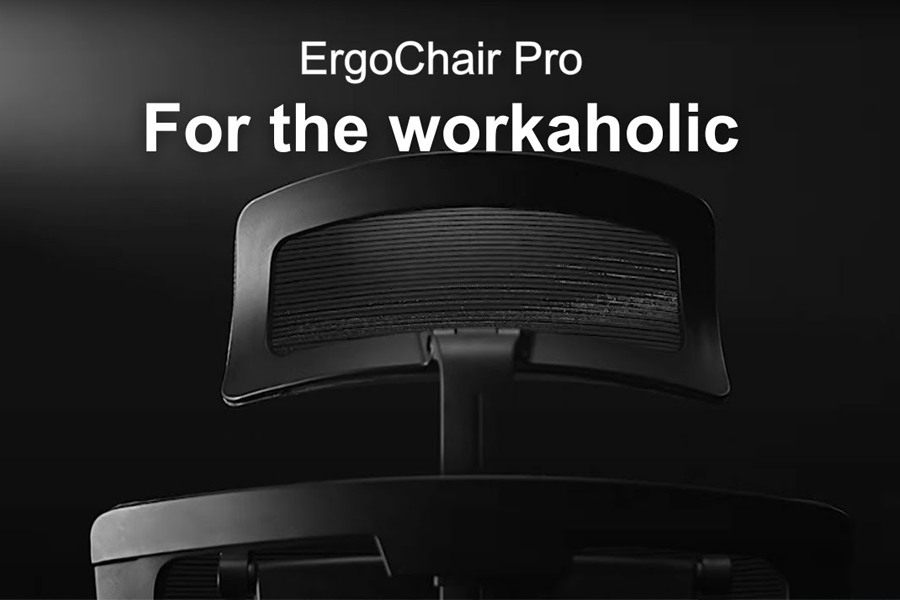

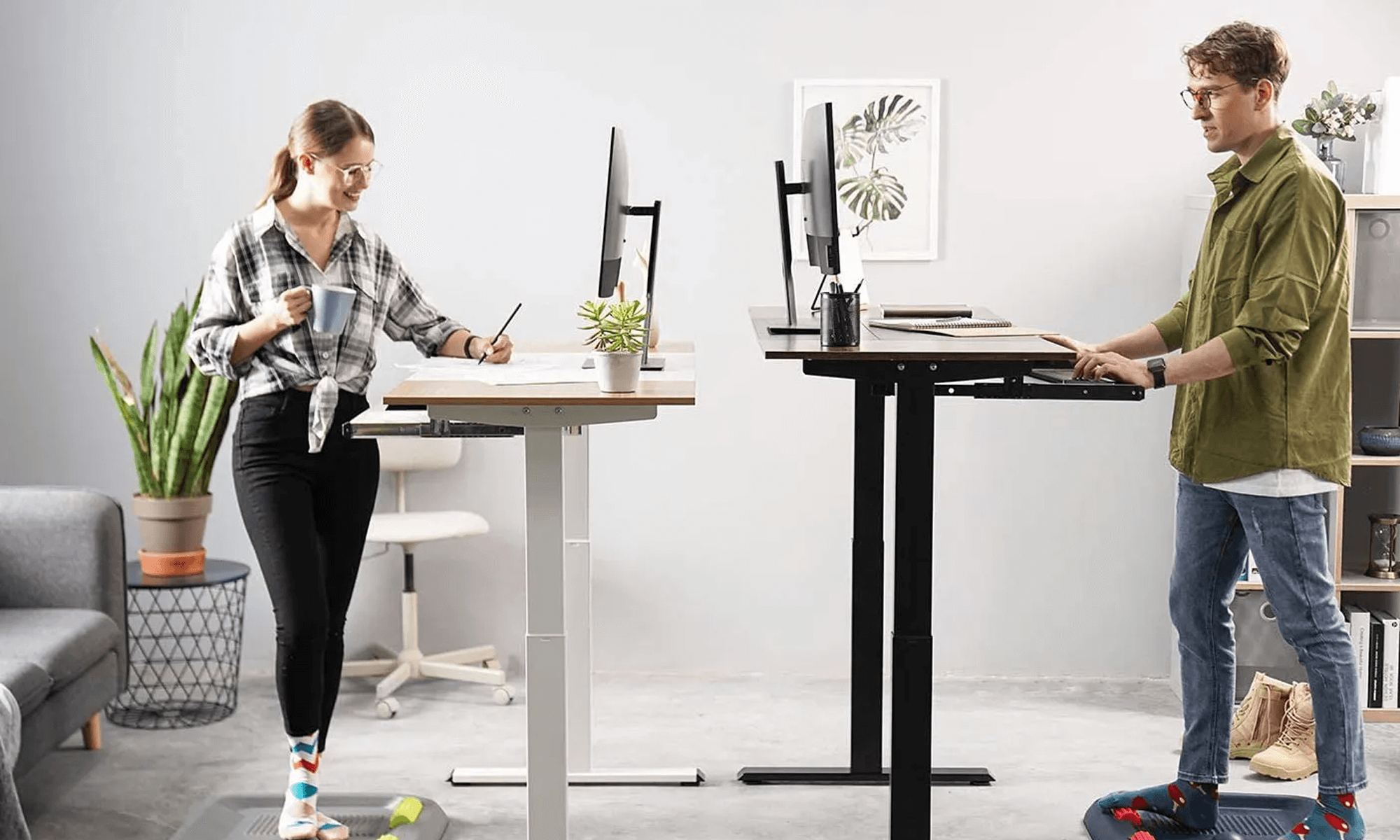
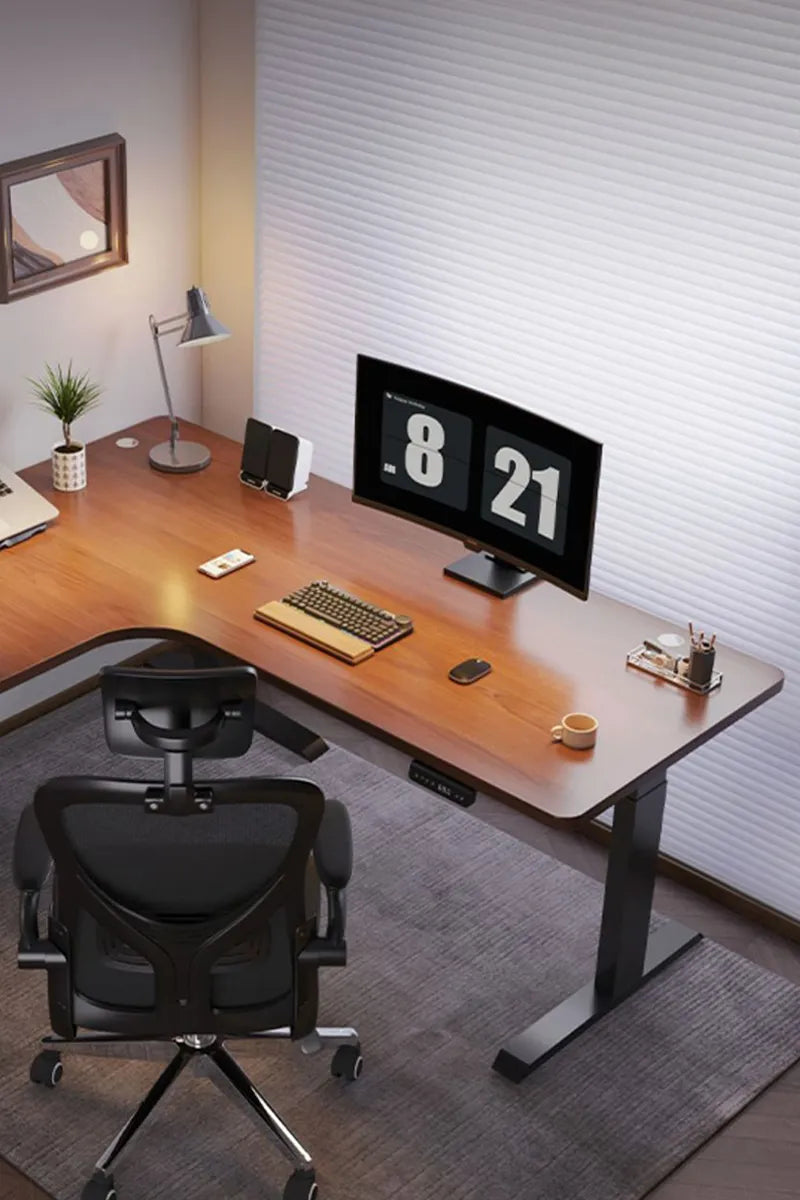
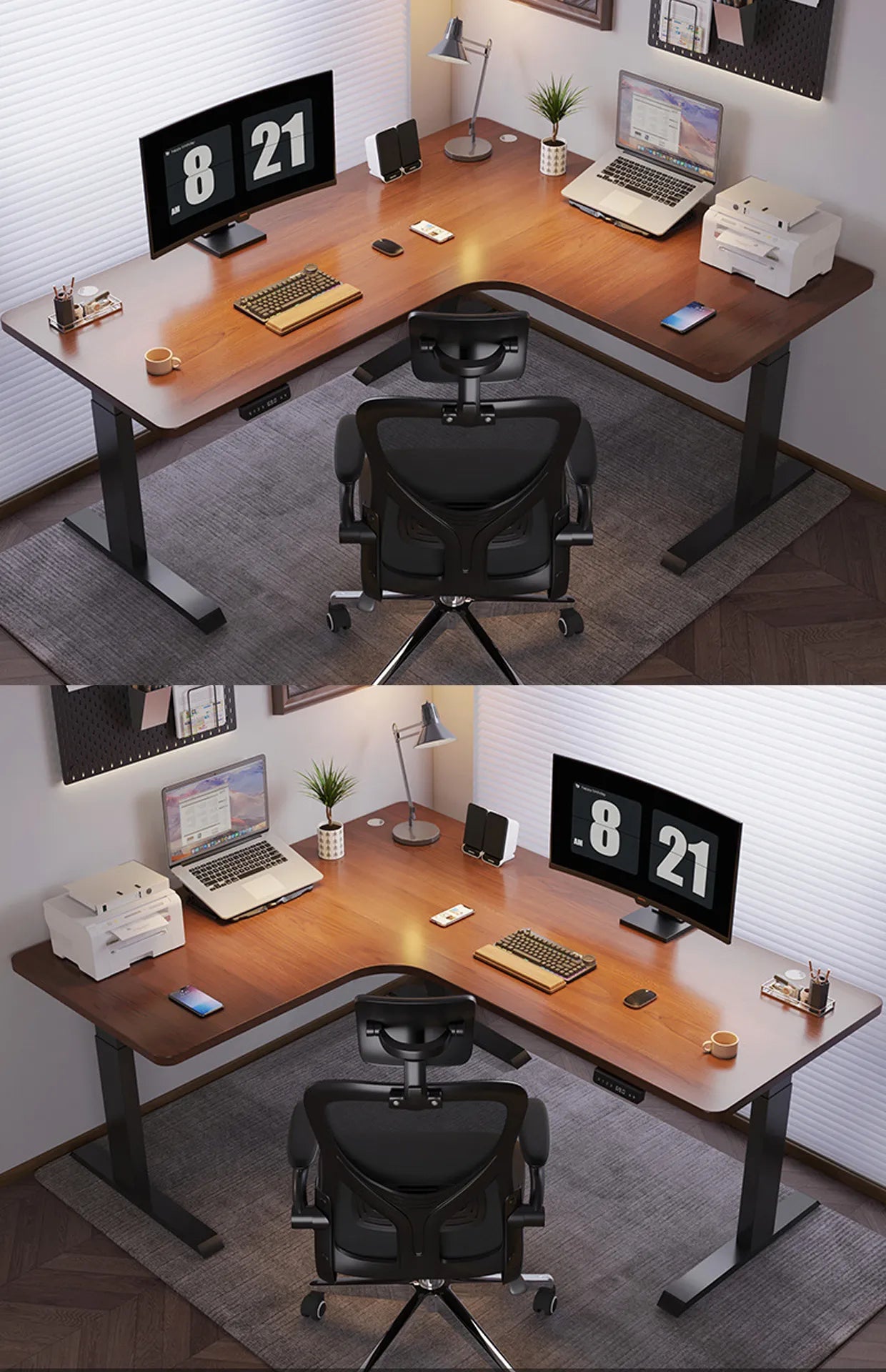
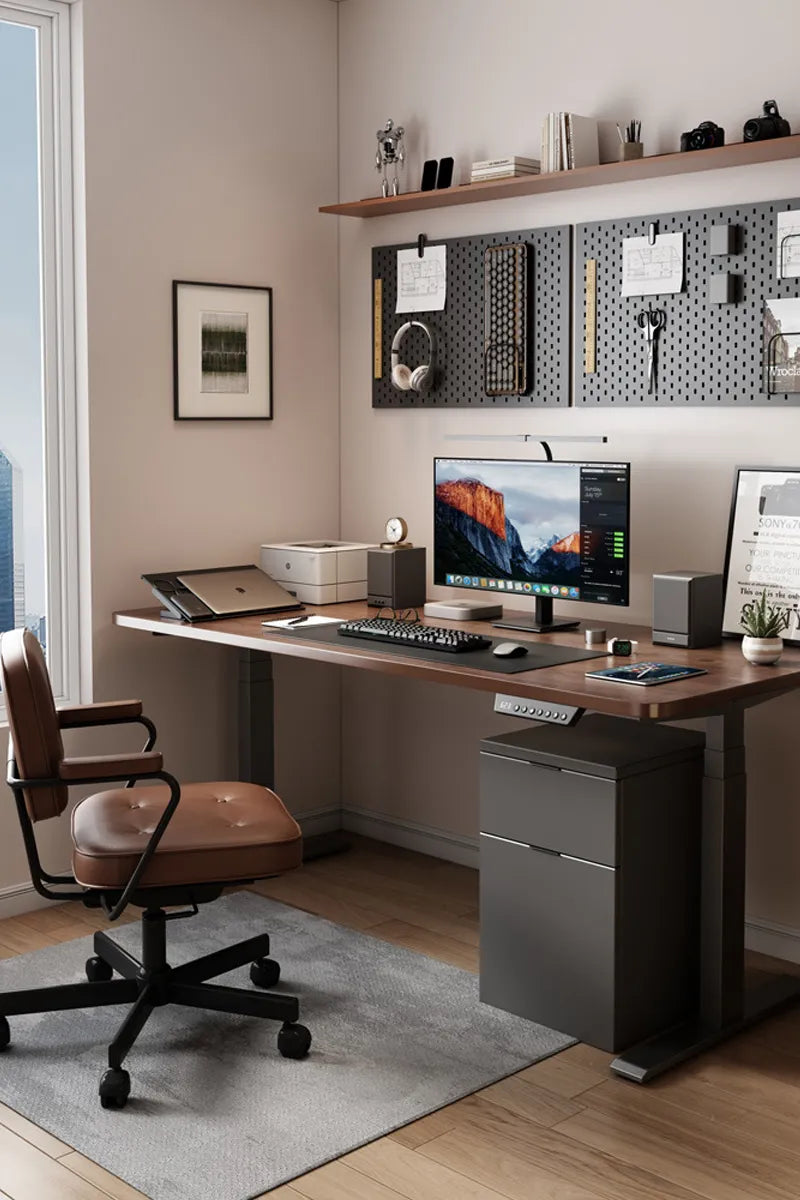

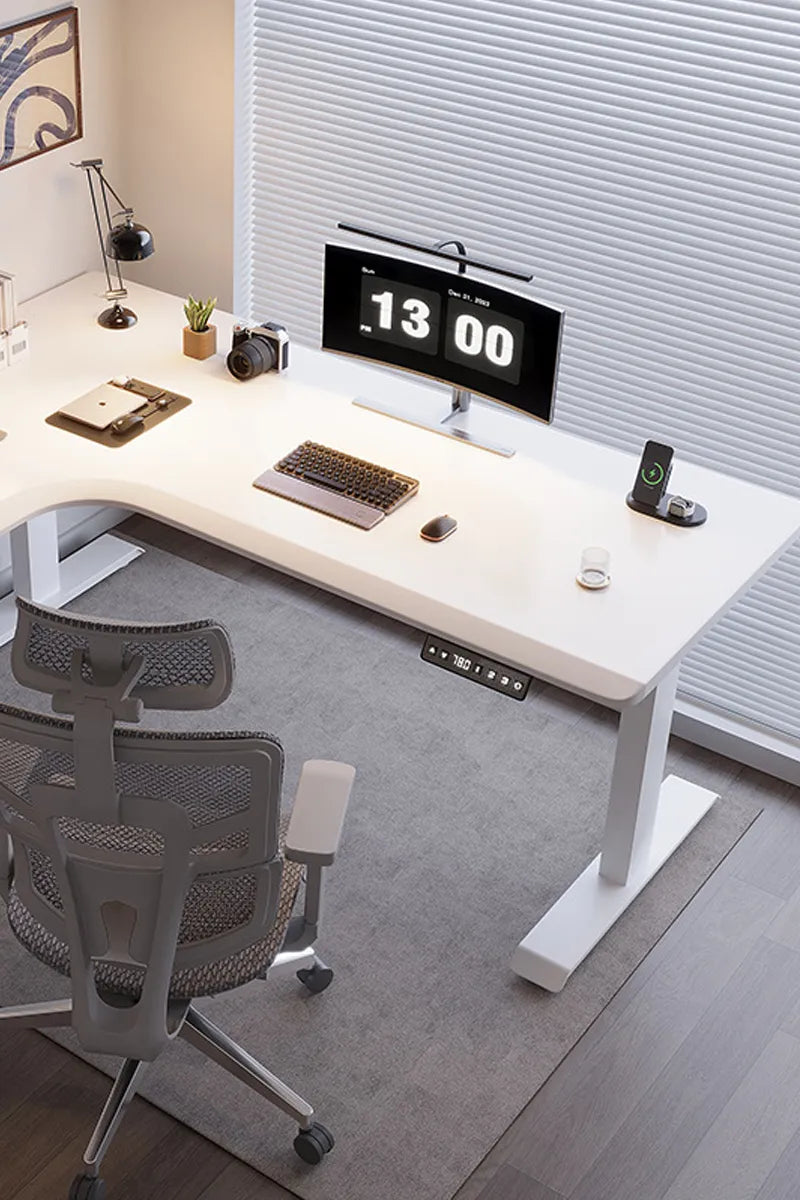
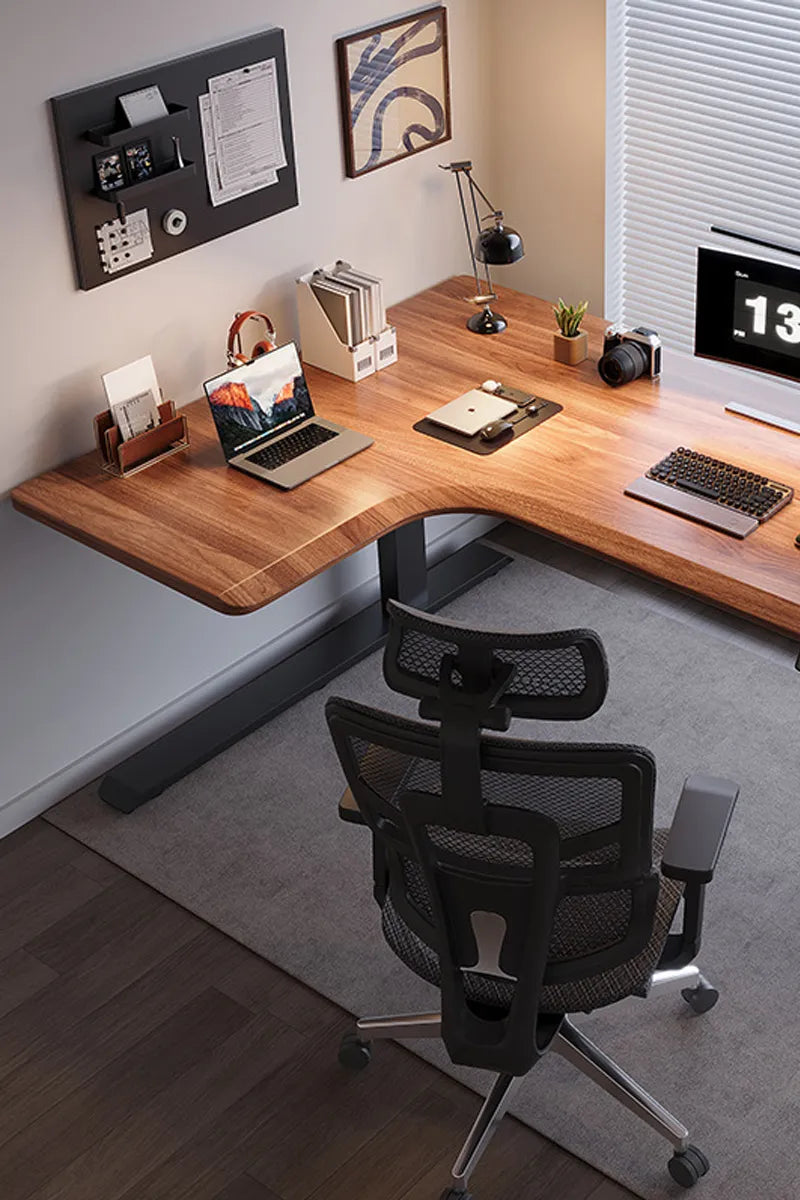


Leave a comment
All comments are moderated before being published.
This site is protected by hCaptcha and the hCaptcha Privacy Policy and Terms of Service apply.